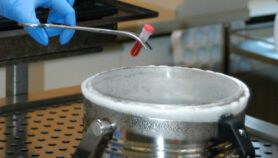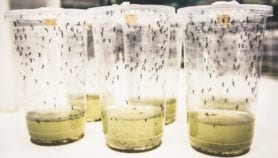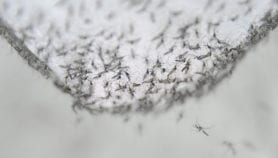Send to a friend
The details you provide on this page will not be used to send unsolicited email, and will not be sold to a 3rd party. See privacy policy.
For centuries, tequila has been made according to age-old Mexican tradition. The alcoholic drink is distilled from sweet juices that form when stems of a native cactus, the blue agave, are cooked.
But recently, tequila makers have had to turn to cutting-edge science to save their crop, reports Rex Dalton in this article.
Nearly a decade ago, disease and pests wiped out much of the country’s blue agave. The plants were highly susceptible because of their genetic uniformity, which stemmed from two factors.
First, the industrialisation of agave farming in the early 1980s created millions of genetically similar plants. Second, cross-pollination is usually impossible because farmers cut off the agave flowers to boost sugar content in the stem.
When a warmer, wetter climate led to more disease in the late 1990s, tequila producers took action.
They worked with academics to study the plant’s genetics and physiology, with a view to increasing its diversity and resilience to disease.
Some farmers fear, however, that cross-pollination could create lower-quality hybrid plants and lead to economic losses. Scientists say a better understanding of the plant’s genetics could address these fears.
Either way, even these efforts might not prevent another agave crisis. As over-production causes prices to plunge, farmers are caring less for their plants — and unwittingly creating the conditions for disease to strike again.Link to full article in Nature
Reference: Nature 438, 1070 (2005)













